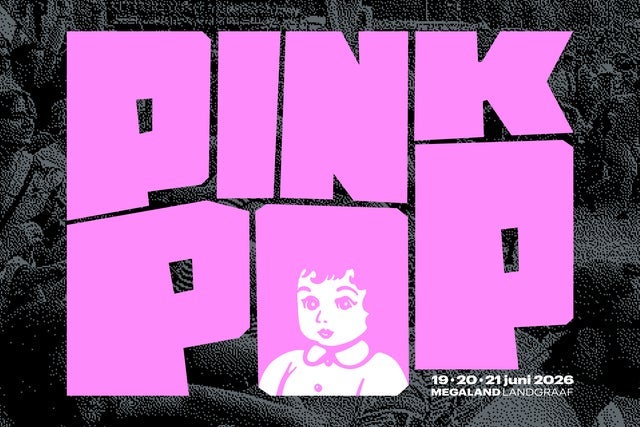Welcome! If you've come for access to
Alessi Rose presale codes (used for early ticket purchases) scroll for the list of events, tap one and see what is available or coming soon! Our site only provides official verified, current and future Alessi Rose presale passwords.
Ticket presales for Alessi Rose are used to promote access to blocks of tickets before the general public.
With an official verified Alessi Rose presale code you too can access those early Alessi Rose tickets before the public!



